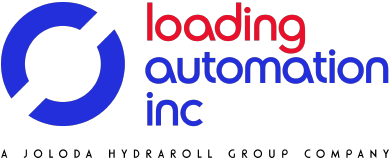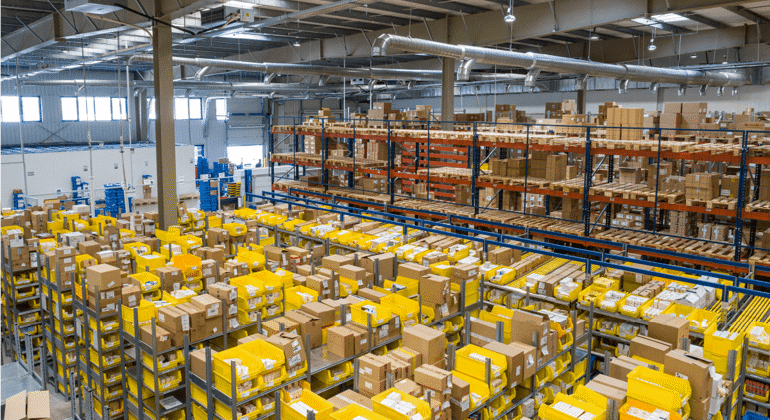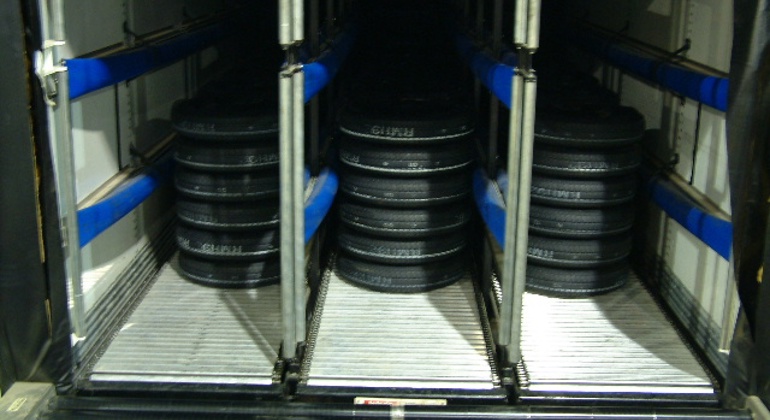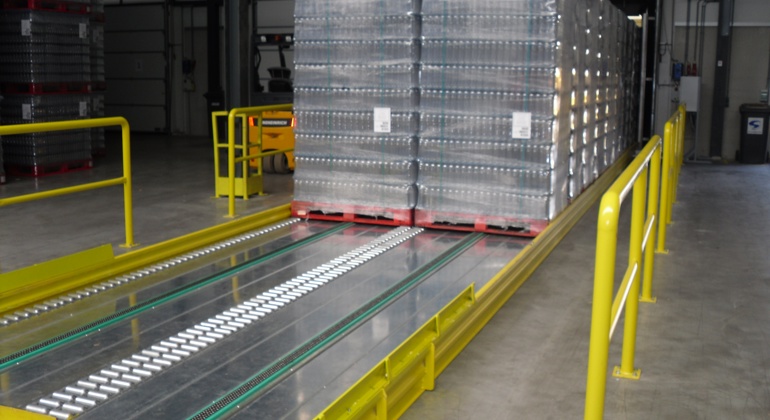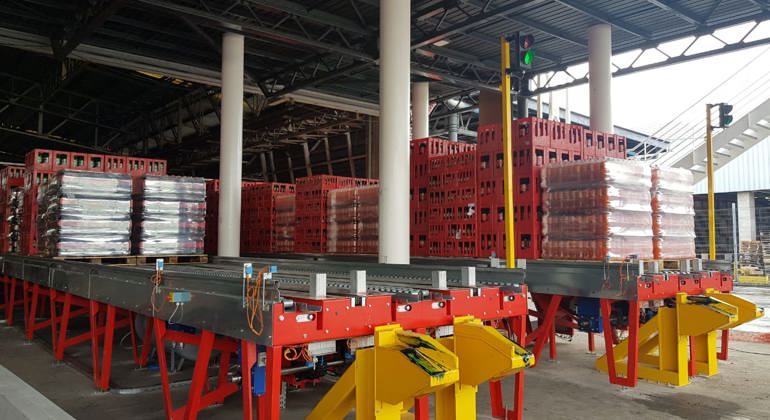In the past, supply chain information was siloed a lot. As you’ve seen above, this can create problems and lead to costly mistakes. Data silos are an old-school way of thinking and don’t match the demands of today. Businesses can’t treat each stage of the supply chain as singular holders of information only relevant to their function in the chain and oblivious to what’s going on in the other stages.
Times have changed, and supply chains have moved towards a more modern approach. Now, supply chain visibility is the thing. Supply chain visibility, basically, refers to the business’s ability to track each component of the product or service as it moves away from the supplier’s hands to the business’s own.
One way to enhance visibility is to make it possible for suppliers to check your inventory in real-time so that they can understand your present situation better and plan ahead to fulfil future demand. Improving your supply chain visibility will also help crucial members within your team strategise better and lower risk.
Here are a few ways to improve the end-to-end visibility of your supply chain:
Set out your key performance indicators (KPIs)
This is the starting point. You need to know what success looks like. If you don’t, you’re operating in the dark and wandering around without any real compass. Your KPIs serve as clear, measurable indicators against which you can check whether your business is on track to meet its goals.
Increase transparency across the supply chain
Transparency in every link of the supply chain is essential for better end-to-end visibility. You must adopt a holistic mentality for this.
Some businesses only meet their suppliers in a limited way and miss some of the issues a supplier may face. Bottlenecking, lack of raw materials, sourcing issues and stalled inventory are all problems that can affect not only the suppliers but also other parts of the chain. If a business can recognise its relationship with the supplier as a long-term partnership, this will lead to more proactive solutions and can also reduce issues such as data silos.
Implement uniform technology and other solutions
If your warehouse is using dated technology incompatible with that of other members of the supply chain or that requires manual input, this can create gaps in information that make it harder to detect potential risks and exceptions in the warehouse. Using similar technology and solutions across the supply chain will simplify the way the different parts of the chain pass the information along, speeding up the flow of information as well.
Encourage greater collaboration between departments
This goes hand in hand with greater visibility. When each department is aware of what the other is planning or working on, this places everyone on the same level. Employees can assist with any issues that emerge, and they can even suggest potential ways to counter problems that might come up. Greater cooperation between departments increases the synergy within the supply chain and encourages everyone to treat the chain as a whole, leading to higher levels of productivity.
Plan for customer demand
Big data is a big help in the world of supply chain management. Understanding what customers want, in what quantities and when they want it can help you to make better procurement decisions, choose the right supplier, shorten lead times and lower costs. You can track customer order history, seasonal trends and more so that you can plan more accurately for demand.
Plan human asset capital
Without this planning, some employees may end up staying late, whereas others may leave early unaware of their colleagues’ workloads. This can lead to burnout and high employee turnover.
By planning your human asset capital, you can do much more than make sure the business has plenty of staff, however. This entails ensuring they have proper training, identifying skills and weaknesses, providing motivation and listening to their concerns. Team-building exercises, continuous training, employee reviews and regular meetings (weekly or daily) are all ways to do this.
